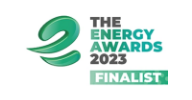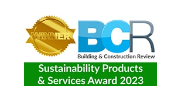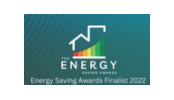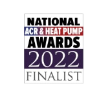Hot Water Storage As Part Of A Net Zero Strategy
UK commercial properties planning to invest in reducing carbon emissions should be considering hot water storage as a core part of their strategy. With the aim of driving down 78% of carbon emissions by 2035 the government’s focus for net zero has leant heavily on the introduction of heat pumps and a transition to grid … Read more



















